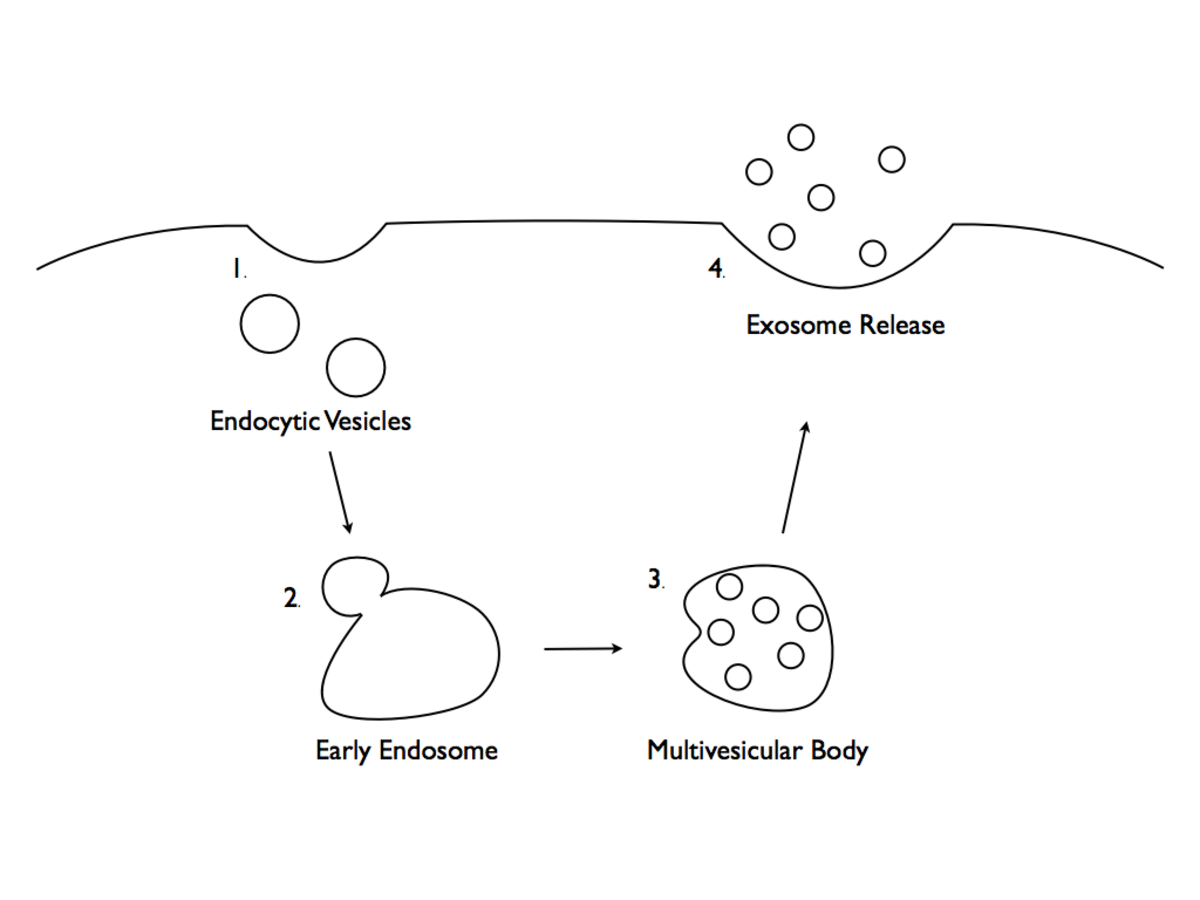The Michigan Physiological Society, a chapter of the American Physiological Society, held their 3rd annual meeting last week. As mentioned in a prior post, the keynote address was given by Comparative Physiologist Dr. Hannah Carey (University of Wisconsin School of Veterinary Medicine). You can read about her research in the prior post.
Here are other highlights from the meeting:
Seminars:
 Photo of crayfish by "Krebse in Österreich", own work, CC BY 2.0, https://commons.wikimedia.org/w/index.php?curid=858592
Photo of crayfish by "Krebse in Österreich", own work, CC BY 2.0, https://commons.wikimedia.org/w/index.php?curid=858592
...or as I prefer to view them:
 Image of crayfish dinner By Игоревич (Own work) [Public domain], via Wikimedia Commons
Image of crayfish dinner By Игоревич (Own work) [Public domain], via Wikimedia Commons
Kelsy Kusch (Undergraduate Student, Adrian College, Adrian, MI) presented research on crayfish (above) examining levels of the protein glial cell line-derived neurotrophic factor (GDNF), which is thought to aid the survival of neurons. Studies have already shown it is found in humans, rodents and frogs. Interestingly, the pattern of GDNF expression in various tissues of adult crayfish, an invertebrate, were found to be similar to mammals. The hope is to use crayfish to better understand this protein.
Mark Badrov (Graduate Student, Western University, London, ON, Canada) presented data showing improved blood pressure regulation in patients with coronary artery disease after they completed a six-month aerobic and resistance training exercise program.
Kevin L Gordish (Postdoc, Henry Ford Hospital, Detroit, MI) showed that a diet high in fructose promotes salt-sensitivity such that when animals are fed a combined high fructose and salt diet, they retain salts and develop higher blood pressure.
Poster Presentation Highlights:
Trevor McCready and Kaitlyn Arnold (Alma College, Alma, MI) examined cross country runners and found that the muscles of these runners develop metabolic changes throughout each competitive season that allow the muscles to use oxygen more efficiently.
Srikar Munukutla1, Guodong Pan1, Mandar Deshpande1, Rajarajan A. Thandavarayan2, Prasanna Krishnamurthy2, and Suresh S. Palaniyandi1,3 (1Henry Ford Health System, Detroit, MI; 2Methodist Research Institute, Houston, TX; 3Wayne State University, Detroit, MI) studied the effects of alcohol consumption by people with diabetes. They found that alcohol and diabetes cause similar problems in the body and therefore in combination, they may worsen heart disease, liver and kidney damage along with neurological function.
 Diagram of exosome formation by Maximus155 (Own work) [CC BY-SA 3.0 (http://creativecommons.org/licenses/by-sa/3.0)], via Wikimedia Commons
Diagram of exosome formation by Maximus155 (Own work) [CC BY-SA 3.0 (http://creativecommons.org/licenses/by-sa/3.0)], via Wikimedia Commons
Fisher K, Huang C, and Busik J (Michigan State University, East Lansing, MI) discussed how exosomes can promote inflammation in people with diabetes. Exosomes (shown above) are vesicles that are released from cells and can transport substances such as lipids and proteins. The purpose of their study was to develop a new way to measure these exosomes.
Adrian Vasquez, Milad Qazazi, Andrew Failla, Sanjay Rama, Samuel Randall, and Jeffrey Ram (Wayne State University, Detroit, MI) studied the diversity of water mites, a type of arachnid, in Western Lake Erie and found a mixture of both native and invasive species.
Sarah Keaton1, Analise Sauro-Nagendra2, Jamie Grit2, Eric Achtyes3,4, Asgi Fazleabas1, Richard Leach1, and Lena Brundin2 (1Michigan State University, East Lansing, MI; 2Van Andel Institute, Grand Rapids, MI; 3Michigan State University, Grand Rapids, MI; 4Pine Rest Christian Mental Health Services, Grand Rapids, MI). This team of collaborators studied whether there was a link between inflammation in the placenta and postpartum depression as inflammation may target certain neurologic pathways. They are hoping to find markers that can be measured to indicate post or peripardum depression in these women.
Christopher McMahon, Johnathan Lawrence, Robert Belton, and Robert Winn (Northern Michigan University, Marquette, MI) are trying to find new ways to treat glioblastoma brain cancer by blocking cancerous stem cells.
Mohamad El-Chami1,2, Sukhesh Sudan1,2, Arjewan Jassim1,2, Ho-Sheng Lin1,3, Jason Mateika1,2 (1John D. Dingell VA Medical Center Research and Development, Detroit, MI; 2-3Wayne State University, Detroit, MI) found that exposure to mild intermittent hypoxia along with continuously elevated carbon dioxide improves symptoms associated with sleep apnea.
- Log in to post comments



